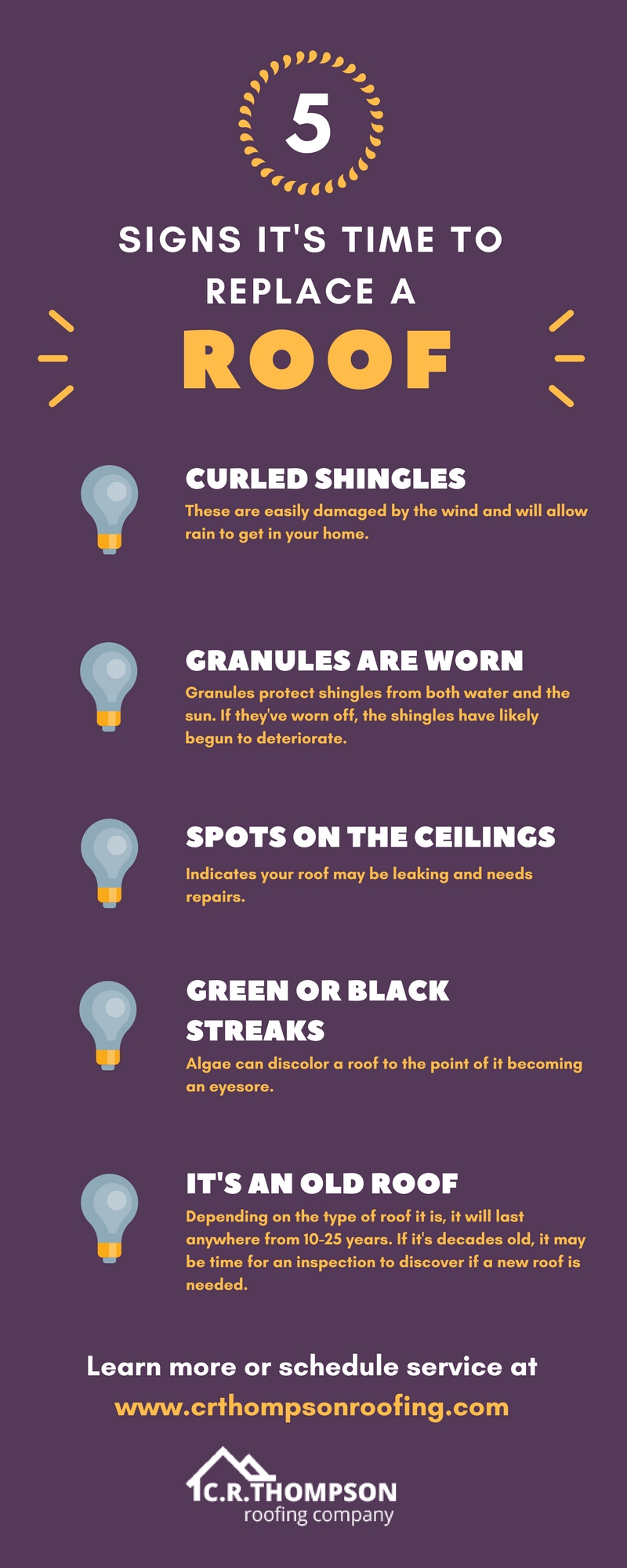When taking into consideration the costs of solar setup, you could wonder about the upfront investment called for and whether it lines up with the potential lasting benefits. Comprehending the ins and outs of these costs and the numerous variables affecting the total return can clarify the worth recommendation of transitioning to solar power. By assessing both the first configuration expenses and the projected financial savings with time, you can get insight into whether the financial investment in solar installation holds pledge for your economic future.
Initial Arrangement Expenses
When taking into consideration the expenses of solar installation, the first arrangement expenditures play a crucial function in your decision-making process. These in advance costs consist of the cost of photovoltaic panels, inverters, installing equipment, and installment labor.
The rate of solar panels can vary depending on the brand name, efficiency, and dimension you pick. Inverters are vital for converting the sun's energy right into usable electrical energy and can be found in various kinds such as string inverters, microinverters, and power optimizers, each with its very own cost effects.
Placing tools, such as racks and rails, is essential to firmly mount solar panels on your roof or building.
The setup labor cost covers the professional setup of the solar system, making certain that whatever is set up correctly and efficiently. Remember that while these preliminary setup expenditures might seem high, there are commonly refunds, tax rewards, and financing choices available to help balance out the costs and make solar installation more affordable over time.
Long-Term Cost Savings Analysis
To understand the monetary benefits of solar setup over time, it's vital to perform a comprehensive lasting cost savings analysis. While installation solar of photovoltaic panels may appear daunting, the long-term financial savings can surpass these prices significantly. By taking advantage of the power of the sun to create electrical energy for your home, you can potentially conserve thousands of bucks on your utility bills over the life expectancy of your solar system.
Among the key variables to consider in a long-lasting cost savings evaluation is the reduction in your power expenses. With photovoltaic panels, you can generate your power, lowering and even removing your dependence on the grid. This can result in substantial savings, specifically as utility prices continue to increase.
Additionally, residential solar power panels use motivations such as tax obligation credit histories and discounts for installing solar panels, additionally improving your lasting cost savings. By can i depreciate my residential solar panels from these motivations and optimizing your solar power manufacturing, you can appreciate considerable monetary benefits for many years to find.
Return on Investment Calculation
Taking into consideration the financial benefits of solar installation, it's time to assess the Return on Investment (ROI) estimation. Establishing the ROI includes comparing the total costs of setting up a solar system with the financial benefits it produces over its lifespan.
To calculate ROI, separate the net make money from the system by the overall financial investment price and increase by 100 to get a portion. The ROI formula is: (Web Revenue/ Total Financial Investment Cost) x 100.
As an example, if the complete price of installing a solar system is $20,000, and over its life-span, it produces financial savings and incomes amounting to $30,000, the net revenue would be $10,000. Splitting this by the complete investment cost of $20,000 gives a proportion of 0.5. Increasing this by 100 gives an ROI of 50%.
Generally, a higher ROI indicates an extra economically fulfilling financial investment. Factors like government rewards, maintenance expenses, and energy rate variations can influence the ROI of solar setups. Comprehending the ROI helps in evaluating whether buying solar energy deserves it in the future.
Conclusion
Finally, recognizing the costs of solar installment is crucial for determining if it is worth the financial investment. By taking into consideration first configuration costs, conducting a lasting savings evaluation, and determining the return on investment, you can make an informed choice concerning the monetary worth of solar energy. With the capacity for reduced utility expenses and increased power self-reliance, purchasing solar setup can be a clever selection for both your purse and the setting.
